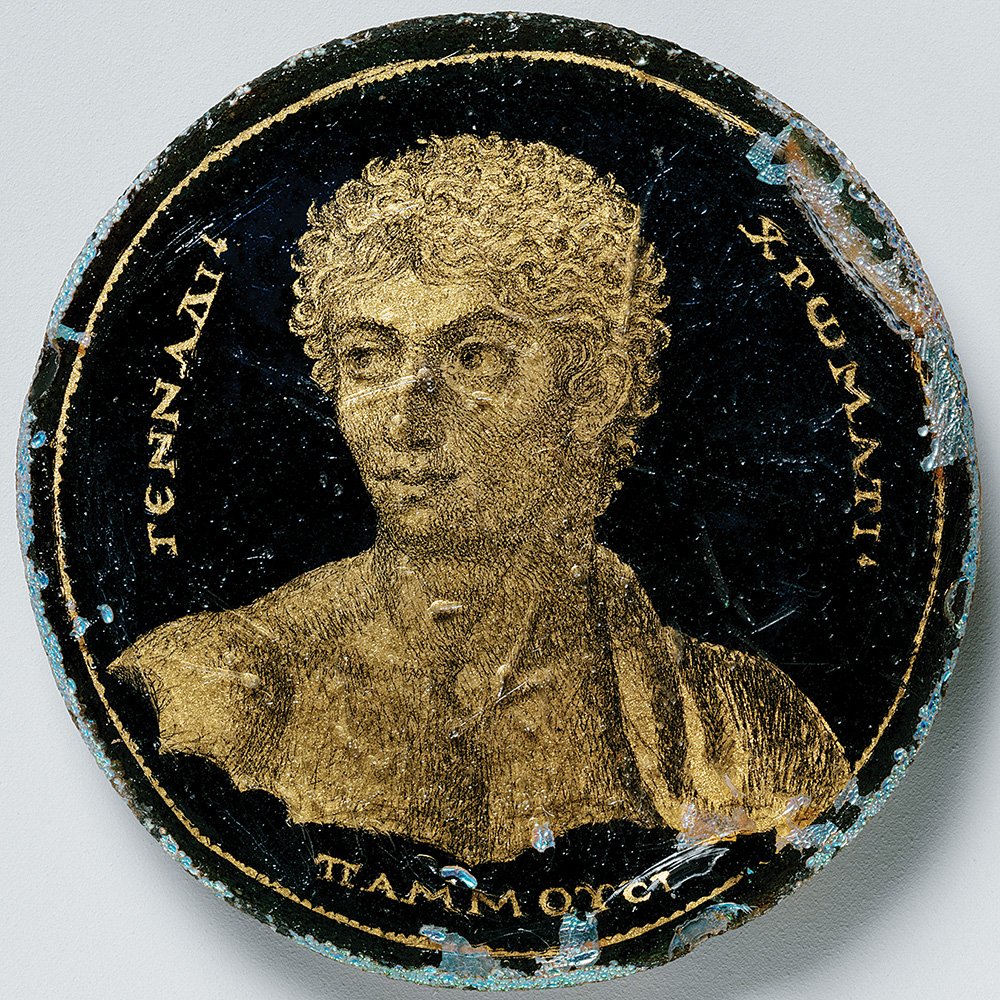April 2024 (128.2)
Article
“Probably Alexandria”: Gold-Glass Portraiture and the Allure of Egypt
Spectacular and rare gold-glass portraits from the third century CE have long been associated with Alexandria as the place of production on the basis of inscriptions on two examples, one in Brescia and one in New York. This article reconsiders the archaeological, literary, and especially epigraphic evidence for such a connection and ultimately concludes that the grounds on which the connection rests need to be reconsidered. The inscriptions were identified almost 100 years ago as Alexandrian Greek given the terminations of words in iota, but I demonstrate the absence of such a dialect and offer an alternative onomastic reading to resolve the problem of the iota endings. I propose that the designations on the gold-glass roundels instead represent a specific kind of nickname that flourished in the later Roman Imperial period and that popularly ended in -i in Latin or -ι in Greek inscriptions. Evaluating the dissemination of the Alexandrian hypothesis over decades of scholarship, this article proposes that the desire to attribute the gold-glass portraits to Alexandria is part of a larger impulse in art history of the classical period to assign especially remarkable and luxurious works of art without provenience to ancient metropolises.
